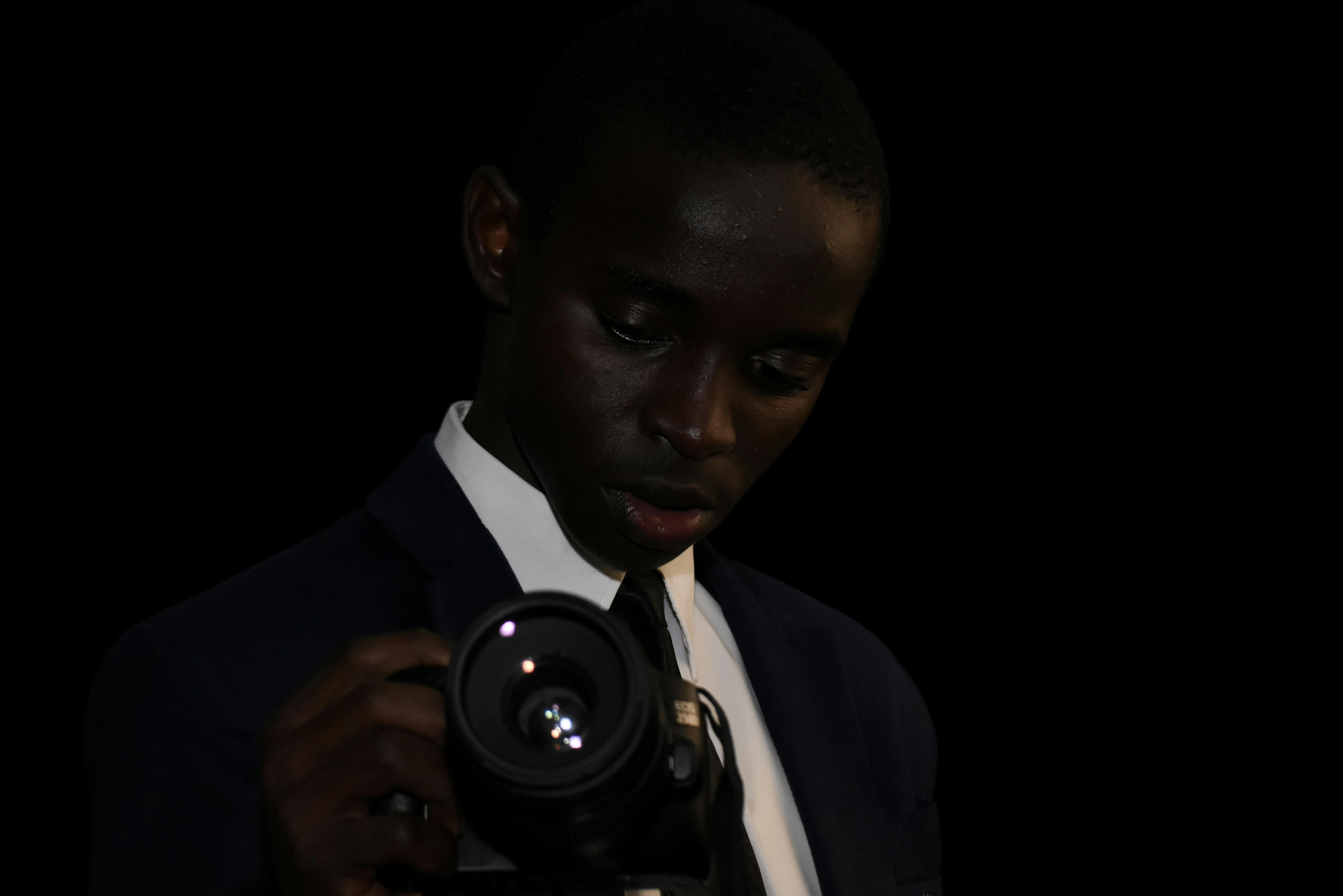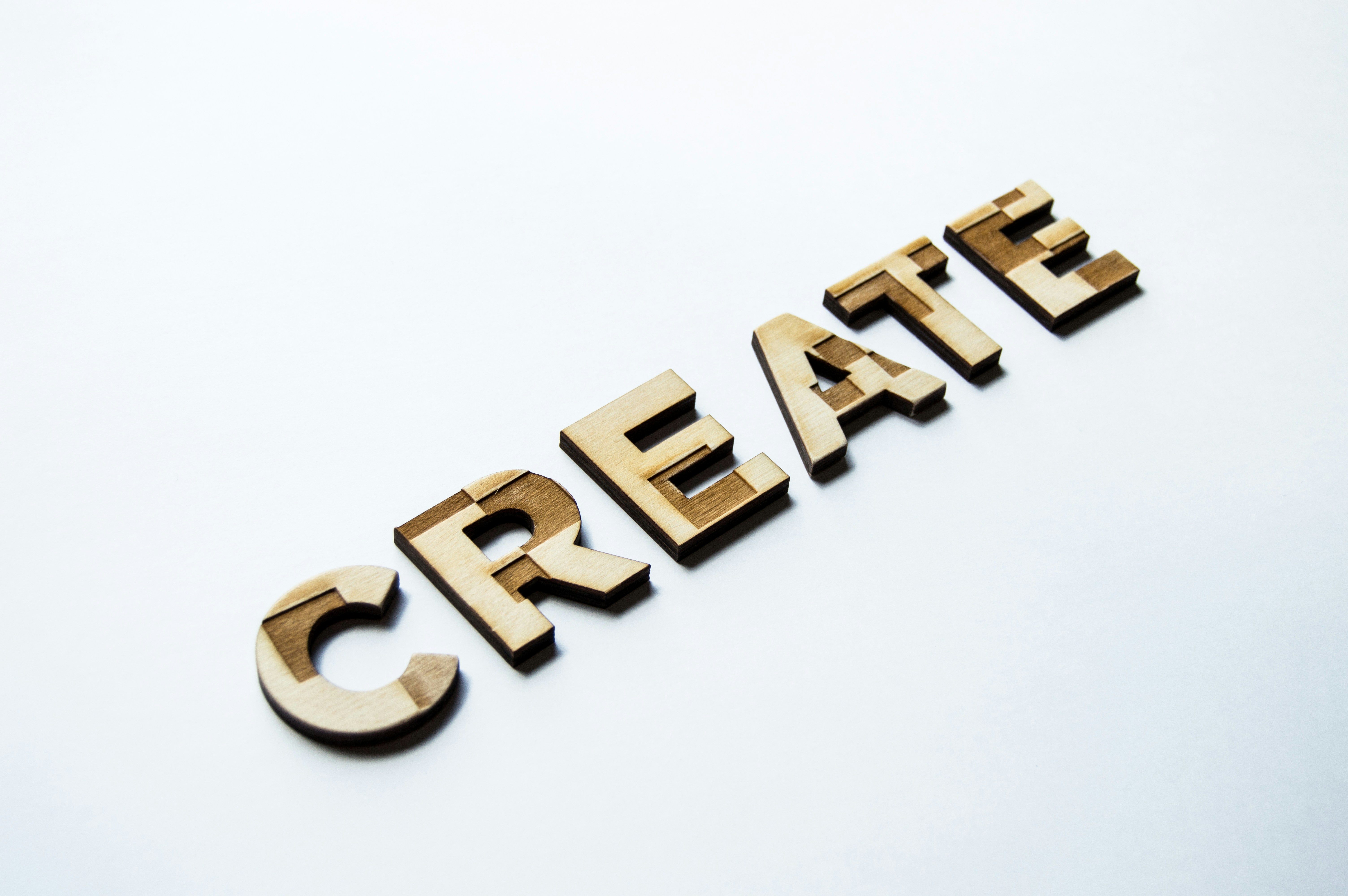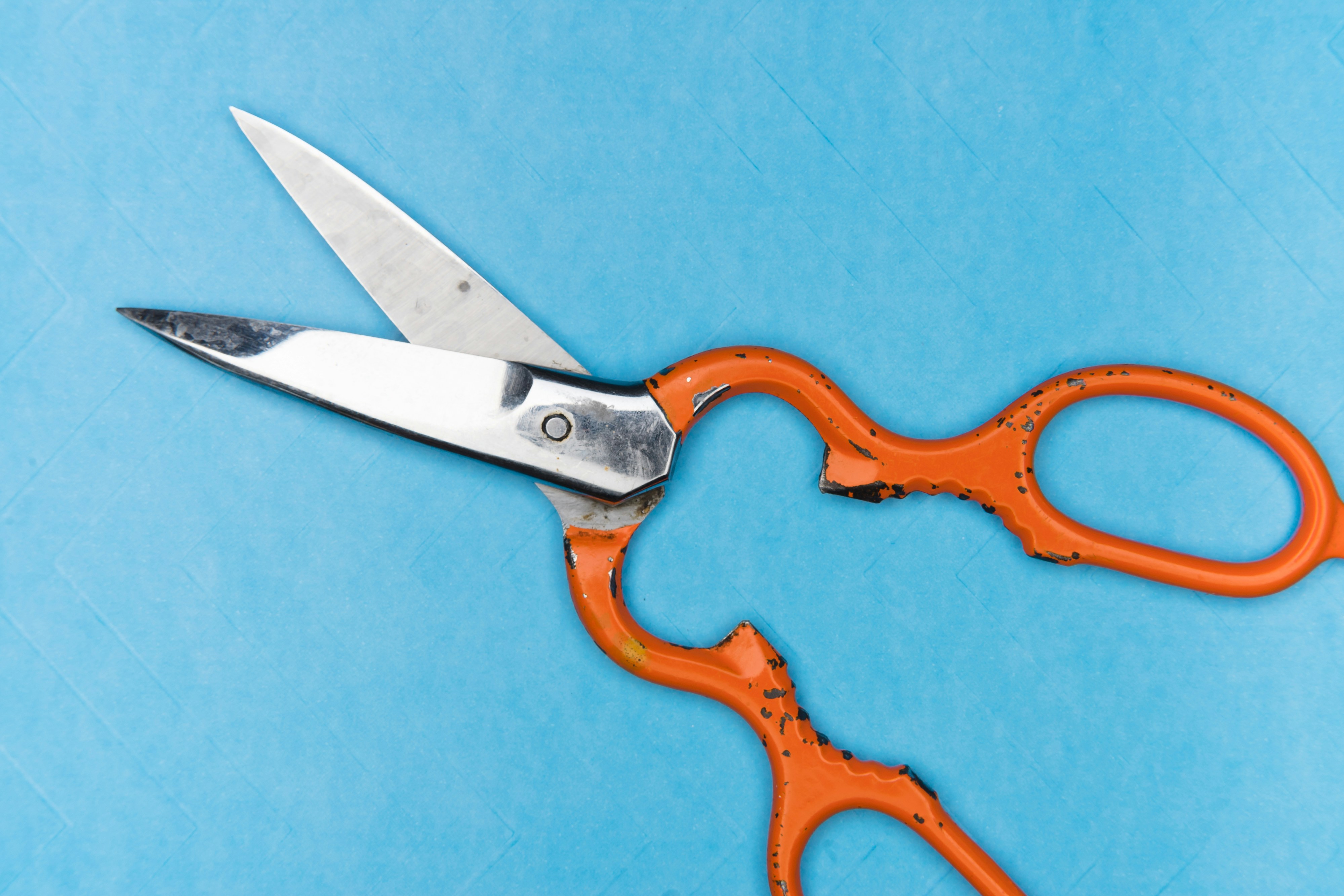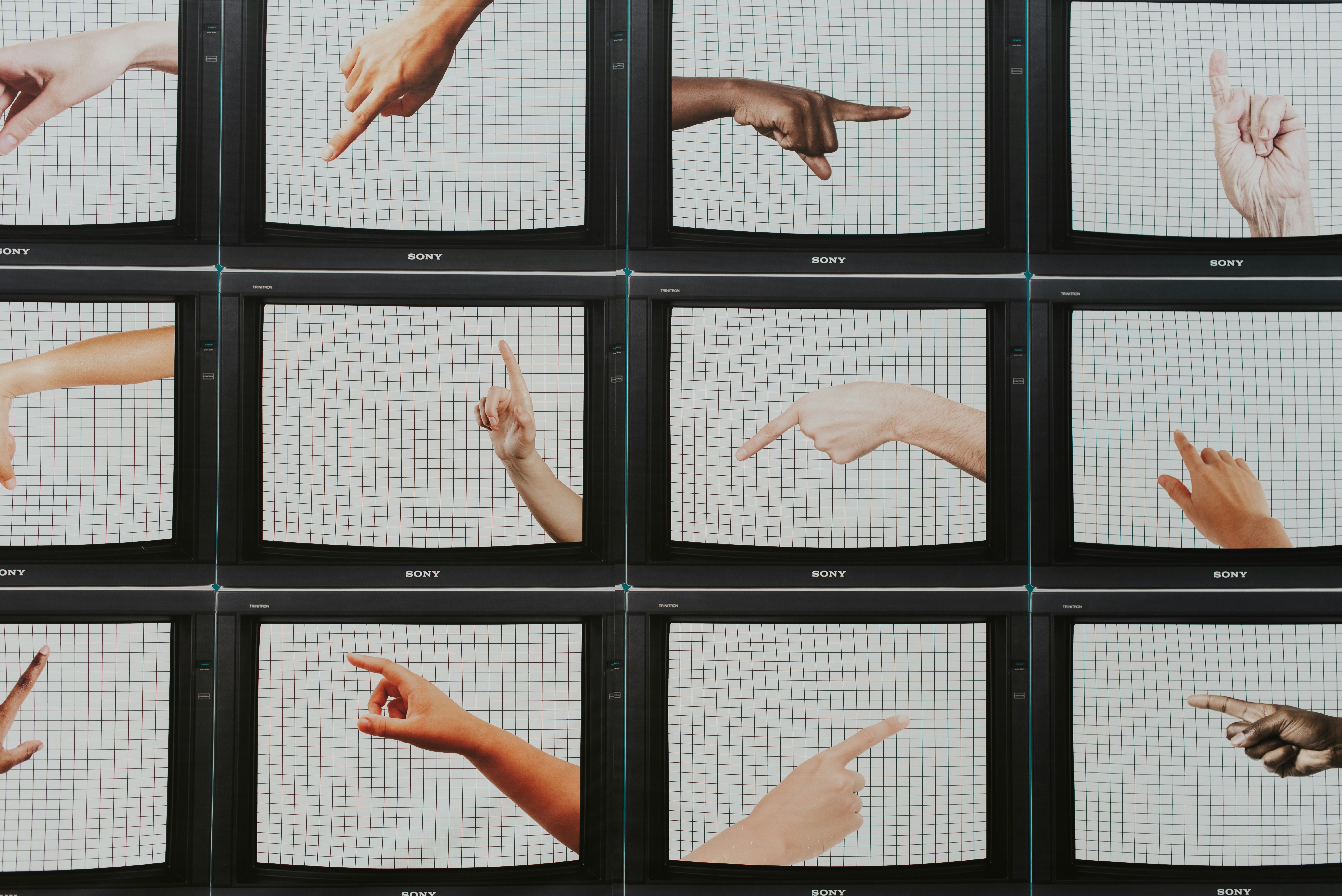Revolutionizing Your Workflow: AI-Enhanced Editing Tools in Photography
In today’s digital age, the intersection of photography and technology is nothing short of revolutionary. Photographers are constantly on the lookout for innovative ways to improve their craft, streamline their workflow, and enhance their creative expression. Enter artificial intelligence (AI), a game-changing force that is reshaping how photographers approach editing and post-production. From intelligent image sorting to advanced color correction and unique stylistic effects, AI-assisted editing tools are empowering photographers of all skill levels to achieve stunning results with unprecedented efficiency.
Understanding AI in Photography Editing
AI isn't just a buzzword; it's a powerhouse that can redefine how you perceive and approach photography editing. Traditionally, post-production was a time-consuming task that required extensive knowledge of software and an eye for detail. However, with the advancements in AI technology, the editing process can now be accelerated without compromising creative quality.
AI-assisted tools harness machine learning algorithms to analyze images and offer suggestions or automations that fit your intended vision. This technology can recognize patterns within your editing style, predict your preferences, and apply adjustments accordingly. For instance, if you often enhance contrast in your portraits, AI can suggest similar adjustments for other images before you even make the edits yourself.
Streamlining Workflow
Most photographers can agree that the editing phase of their workflow often feels overwhelming. However, AI can help alleviate this pressure in several ways:
-
Auto-Sorting Images: Imagine uploading hundreds of photos after a wedding or event. AI tools can intelligently sort these images based on themes, emotions, or subjects. For instance, services like Adobe Lightroom use AI algorithms to automatically tag and categorize images, enabling you to find the perfect shot without scrolling through countless thumbnails. This leads to improved productivity, allowing you to focus on the creative aspects rather than tedious organization.
-
Batch Editing: With AI, batch processing features can automatically apply filters, exposure adjustments, or color grading to an entire set of images. This is particularly beneficial for photographers who work in genres like real estate, where similar adjustments are needed across many photos. You can set your parameters, apply them to the selected images, and have them ready in no time.
Enhancing Creative Expression
While efficiency is paramount, many photographers fear that relying on AI will stifle their creativity. However, AI-driven editing tools can enhance creative expression rather than inhibit it. Here’s how:
-
Advanced Color Correction: Color grading is a crucial part of photography that can evoke specific emotions and set the tone for visual storytelling. AI can analyze the colors in your images, offering suggestions based on aesthetics and mood. For example, if you aim to create a warm, inviting atmosphere, AI tools can help you enhance skin tones while maintaining visual harmony.
-
Unique Stylistic Effects: Want to create a painterly effect or simulate a vintage look? AI tools can execute these effects with stunning accuracy. You can apply filters to replicate film grain or artistic styles that resonate with your vision, offering you endless possibilities to experiment with.
-
Emotion Recognition Technology: Interest in the emotional aspects of photography is on the rise. AI can analyze expressions and detect moods in your subjects, enabling you to categorize and highlight emotional elements in your work. This innovative approach to editing allows you to focus on storytelling through emotion-centric photography. Want to explore this further? Check out our article on how framing choices impact emotional storytelling
Harnessing Lesser-Known Features
Many photographers may be aware of AI's core benefits, but there are plenty of lesser-known features that can take their workflow to the next level.
-
Intelligent Image Recognition: Tools like Adobe Sensei can analyze features such as lighting, shadows, and focus automatically. By recognizing these attributes, the software can suggest adjustments that align with the shoot's artistic vision, effectively bridging the gap between technical precision and creative intent.
-
Customizable AI Presets: Some advanced AI editing software allows you to create custom presets based on your unique style. These presets can learn from your previous edits and suggest future adjustments. Imagine consistently achieving your signature look across different projects—this level of consistency can elevate your portfolio immensely.
-
Smart Noise Reduction: One of the most complex problems in digital photography is noise reduction, especially in low-light conditions. AI tools can analyze pixels intelligently, distinguishing between essential details and noise. This capability leads to cleaner images without losing the sharpness or integrity of the shot.
The Bottom Line: A Tool, Not a Replacement
As AI continues to make strides in various industries, it's essential to understand that its role in photography is to enhance human creativity, not replace it. While AI can perform complex tasks and offer invaluable suggestions, the artist's vision and intuition remain paramount to crafting compelling images.
Photography is an art, and the human experience behind the camera fuels its important narratives. It is essential to view AI as a supplementary tool that can help you refine your craft rather than a crutch that takes away from your artistic expression. Integrating AI-assisted editing into your workflow allows you to spend more time focusing on what you love—capturing moments.
Looking Ahead: The Future of AI in Photography
The integration of AI in photography isn't just a fleeting trend; it's a glimpse into the future. As technology evolves, the capabilities of AI tools will become increasingly sophisticated. Upcoming features and enhancements in AI-assisted editing tools may include more intuitive interfaces, predictive editing suggestions, and even real-time collaborative features for collaborative projects.
Moreover, AI's influence extends beyond editing it also touches on the entire photography process, from gear choices to compositional strategies. Keep an eye on developments in this domain, as they will undoubtedly shape how photographers operate in the coming years.
Feel free to explore other enlightening perspectives in our articles, such as the cultural narratives behind camera design or how surroundings influence gear choices.
Final Thoughts: Embrace Change, Embrace Creativity
As you step into the world of AI-assisted photography, approach it with an open mind and a willingness to explore new avenues. Take the time to familiarize yourself with these tools, experiment with their features, and discover what resonates with your artistic sensibilities. With AI's ability to streamline workflows and amplify creative expression, the potential benefits are limitless.
So whether you're an amateur enthusiast or a seasoned professional, don’t shy away from embracing these innovations. Elevate your storytelling, expand your creative toolkit, and unlock new dimensions in your photography journey.









